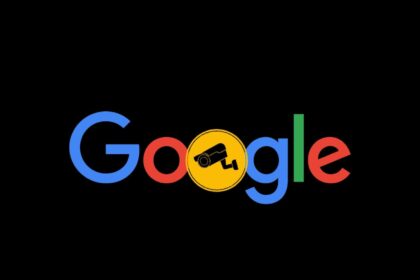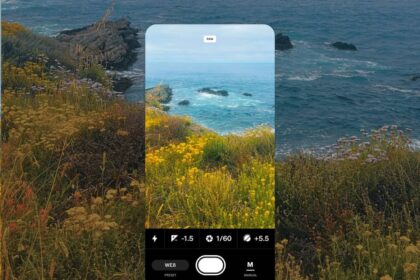If your idea of a brand collaboration is slapping your logo on someone else’s product and calling it a day, we need to talk.
Because in 2025, audiences can smell fake collabs the same way they smell fake giveaways or overly filtered influencer selfies: easily, and with mild disgust.
But when done right? Authentic collaborations can unlock serious brand love, expand reach, and turn your product into a cultural moment.
Let’s unpack what real brand collaborations look like and how they can help your business grow without selling your soul.

First, What Does “Authentic” Even Mean?
The word “authentic” gets thrown around like confetti in every press release. But let’s strip it down:
An authentic collaboration is one where:
- Both parties align in values, not just audience size
- The partnership feels like it makes sense, not like a reach
- The result is something better together not just mutually beneficial, but creatively valuable
It’s not “you promote me, I promote you.” It’s “let’s create something our people will genuinely enjoy.”
Why Collaborations Work When They’re Real
Let’s keep it 100: people trust people more than they trust brands. So when a creator, community, or business they already love works with someone new, they pay attention.
Here’s why real collaborations drive growth:
- Trust Transfer: Audiences who trust one party are more likely to trust the other.
- Audience Expansion: You reach new circles without buying ads.
- Shared Creativity: Two perspectives can create content or products you couldn’t dream up alone.
- Cultural Currency: Good collabs feel like moments. They trend, they travel, they stick.
Ask yourself: Would this collaboration get people talking if we didn’t push it in a campaign?
If the answer is yes, you’re onto something.
5 Types of Collaborations That Actually Move the Needle
1. Co-Created Products
Think Nike x Off-White. Or Fenty x Puma. But you don’t need Virgil money to make this work.
Local examples?
- A skincare brand and a beauty influencer launching a limited drop.
- A fintech startup and a comic artist collaborating on a budgeting journal.
If both audiences benefit and the final product is actually cool, sales will follow.
2. Content Partnerships
This one’s easy to fake, and even easier to flop. But when done right, content collabs feel organic, not transactional.
Ideas:
- Two founders doing a joint LinkedIn post on their shared journey
- A brand and a creator co-hosting a live session or podcast
- A short-form video series that blends both voices and vibes
Remember: people don’t want ads disguised as conversations. They want actual conversations.
3. Knowledge Collabs
Thought leadership is a currency and co-authoring content is a subtle way to build credibility while expanding reach.
Tactics:
- Co-written blogs or op-eds (like “Why Our Industries Need to Talk More”)
- Co-hosted webinars with industry peers
- Cross-newsletter shoutouts between brands with overlapping but not identical audiences
This works especially well in B2B or knowledge-led industries where trust is the product.
4. Community Collabs
You don’t need influencers. You need people who already have communities that care.
That could be:
- A Twitter Spaces series with a rising creator
- Partnering with a local event, not just as a sponsor, but as a collaborator
- Running a design challenge with a university or digital creator hub
Real people + shared purpose = loyalty that no billboard can buy.
5. Value-Add Promotions
Instead of “buy one, get one,” think: “buy this, unlock access to something cool from a partner.”
Example:
- A journaling app partners with a therapist to offer free sessions
- A wine brand collaborates with a playlist curator to release “Drink & Vibe” soundtracks
The product isn’t always the draw, the experience is.
Red Flags: What Kills Collabs Before They Begin
- Chasing clout, not connection: You picked a partner because they’re popular, not because there’s fit.
- Mismatched audiences: You sell baby food; they run a fitness gym for dogs. This won’t work.
- Uneven value: One partner benefits way more than the other and people can tell.
- Lack of story: If you can’t explain why the collab exists in one sentence, it’s not ready.
How to Pitch a Collaboration That Feels Real
Here’s a 3-part framework:
- Shared Value: What do we both stand for?
- Mutual Win: How does each brand grow or gain from this?
- Audience First: What will the audience genuinely enjoy, learn, or laugh at?
If you can’t answer those clearly, don’t force it. Nobody likes a desperate DM.
It’s Not Hype, It’s Chemistry
Collaborations aren’t a marketing hack. They’re a relationship.
If you treat them like one-night brand stands, you’ll get short-term buzz and then silence.
But if you focus on alignment, creativity, and mutual love, you’ll build moments people care about and want to remember.
And that, my friend, is how you grow in this loud, distracted, scroll-first world.







